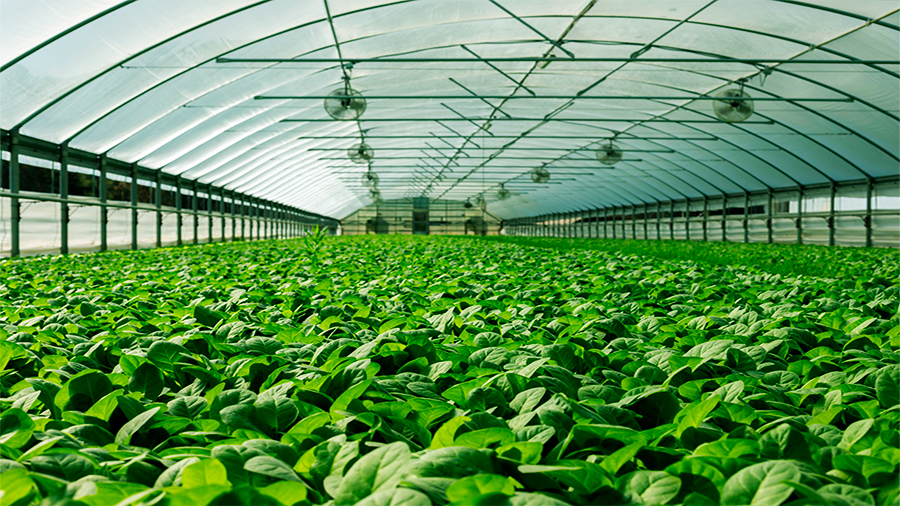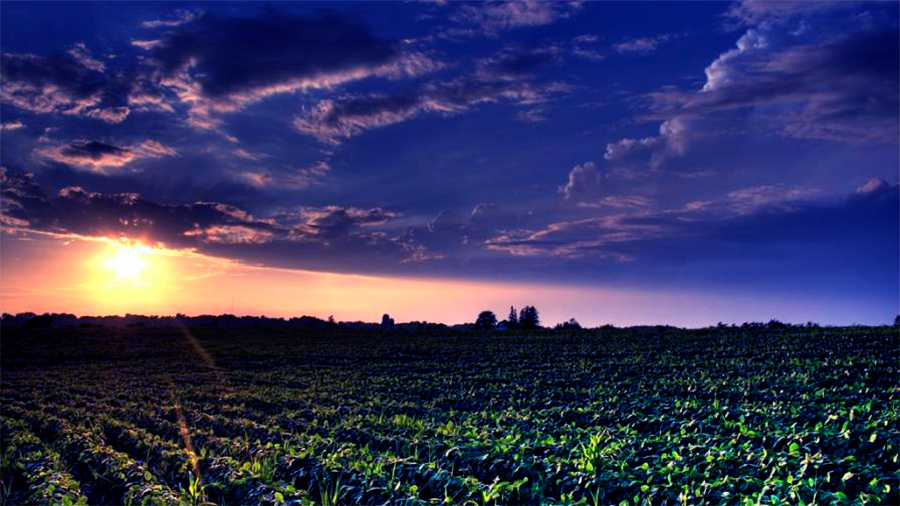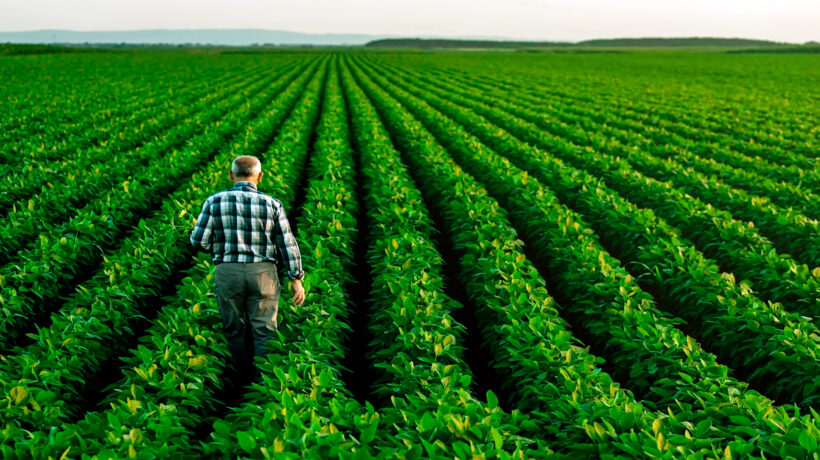Why Agricultural Business Is Almost Impossible Without Credit
Agriculture isn’t like most businesses. You invest early, work hard for months, and only then — if everything goes right — earn income. But nothing about farming is guaranteed. Weather shifts, prices fluctuate, pests appear, and markets tighten. What makes it all work is credit. Credit lets farmers buy seed, fuel, fertilizer, and labor before the first crop even breaks the ground. Without it, planting doesn’t happen. That makes farming one of the most credit-dependent industries in the world. And when that credit dries up or gets too expensive, the entire food system starts to feel the pressure.
Why Farmers Always Need Money Up Front
Every season starts with costs — big ones. There are seeds to buy, land to prepare, fuel to purchase, machines to repair, workers to pay, and inputs to secure. All of it needs to happen before harvest brings in any revenue. And unlike many other businesses, farms can’t pace spending with earnings. They need to lay it all out first, then wait — sometimes for half a year — to see if they’ll make it back.
For a medium-sized farm, pre-season expenses can run into tens or hundreds of thousands. That money doesn’t come from savings — it comes from loans. Credit bridges the gap between planting and payment. Without it, farmers either delay operations or scale back production. In both cases, output suffers.
Table: Common Pre-Harvest Expenses (per hectare)
| Item | Estimated Cost (USD) |
|---|---|
| Seeds | $120 |
| Fertilizers | $150 |
| Pesticides | $80 |
| Fuel & Equipment | $200 |
| Labor | $100 |
| Total | $650+ |
Multiply that across hundreds of hectares, and it becomes obvious: even profitable farms can’t operate without borrowed funds. Credit doesn’t just support farming — it makes it possible.

The Income Delay Is Built In
Unlike retail or manufacturing, where cash turns over daily or weekly, farming is a long game. You plant in spring, tend through summer, harvest in fall — and might not get paid until winter. Even then, payment terms often stretch 30 to 90 days. That delay makes it nearly impossible for farms to self-finance. While they wait, bills pile up: fuel, wages, repairs, and interest payments. Managing that gap is where short-term financing plays a critical role.
Most farms take out loans at the start of each season and repay them after harvest. It’s a predictable rhythm — until something breaks the pattern. Drought, disease, supply chain issues, or market crashes can turn a healthy farm into a credit risk overnight. And because income is seasonal, farmers get just one shot a year to make it work.
Table: Seasonal Farm Cash Flow Cycle
| Season | Primary Activity | Cash Flow |
|---|---|---|
| Spring | Land prep, seed, input purchase | Negative |
| Summer | Irrigation, pest control, maintenance | Negative or Neutral |
| Fall | Harvest, transport, initial sales | Positive |
| Winter | Payments collected, loans repaid | Positive |
Without a loan in spring, none of the rest happens. And without a successful harvest, the loan may not get paid back — which can lead to future credit being restricted or denied entirely.
Credit Isn’t Just Cash — It’s Timing
In farming, getting the timing wrong can cost everything. Miss the planting window by two weeks and yields drop. Apply fertilizer too late and the crop won’t grow properly. Run out of fuel during harvest and equipment sits idle. Credit makes it possible to move fast when it matters. It provides liquidity exactly when farmers need it — not months later when prices are stable.
This is why many farms use short-term, seasonal loans. These are typically paid back in full at the end of the harvest. But when something goes wrong — poor yields, late payments, or falling prices — farmers may roll over loans into the next year or take on new credit just to cover the old. That’s when debt spirals start.
Rising Rates, Real Problems
Farming is a low-margin business. A few cents per kilogram can make or break a season. So when interest rates rise, the cost of credit quickly becomes a heavy burden. A 2% increase on a $100,000 loan means $2,000 more in interest — and that has to come from the same crops, the same fields, under the same weather conditions. But prices don’t always follow costs. When interest goes up, but crop prices stay flat, profit disappears.
This problem is now front and center. With global interest rates climbing, farmers are feeling the pinch. Some are delaying purchases, cutting input use, or scaling back planting — which can lower yields and reduce income even further. It’s a dangerous cycle that risks long-term productivity for short-term survival.
Small Farms Feel It First
Large farms often have cash reserves, diversified crops, and better access to credit. They can negotiate better rates and hedge against market risks. Small farms, especially family-run ones, operate with thinner buffers. They rely on local banks or supplier credit, both of which can be unstable. When rates go up or banks tighten policies, small farms are the first to lose access.
Many end up in informal lending arrangements, with higher interest and stricter terms. Others scale back, delay investments, or exit the business altogether. In some regions, this has led to consolidation: bigger farms getting bigger, smaller ones disappearing. The result is fewer independent producers and more risk concentrated in fewer hands.

Climate Adds a New Layer of Risk
Farming has always depended on the weather, but now climate change is making conditions less predictable. Droughts, floods, heat waves, and early frosts all increase the risk of crop failure. And with higher risk comes tighter credit. Banks and insurers are wary of lending into uncertainty. They want data, guarantees, or climate adaptation plans — things many small farms don’t have.
Even when credit is available, it often comes with stricter conditions. More collateral, higher premiums, or reduced loan amounts. This makes farming even more vulnerable, especially in regions hit hardest by climate volatility. Without help, credit access in these areas will keep shrinking, further limiting food production just when global supply is under stress.
How Credit Could Work Better
If agriculture is to remain viable, credit must be reimagined to fit its rhythms. That means flexible repayment terms tied to harvest outcomes. It means risk-sharing models that include insurers, governments, and lenders. It means faster access to emergency funds when seasons go sideways. And most importantly, it means protecting small farmers with tools that level the playing field.
Some countries already offer subsidized loans, input vouchers, or public guarantees. Others are experimenting with mobile lending, climate-linked credit scoring, or community finance cooperatives. But progress is uneven. Many farmers still fall through the cracks — not because they’re unviable, but because credit systems weren’t built for people who only get paid once a year.
The Conclusion
Farming isn’t possible without credit — not today, not at scale. Every seed planted is a promise backed by borrowed money. But as costs rise and risks increase, the system is under strain. If credit disappears, so does food. The challenge now is making sure lending doesn’t just favor the biggest, safest farms — but supports the millions of producers who feed the world, one season at a time.


 I’m Ethan Miller, a finance enthusiast and writer dedicated to breaking down complex credit and lending topics. My goal is to provide clear, honest insights that help you make smarter financial decisions with confidence and ease.
I’m Ethan Miller, a finance enthusiast and writer dedicated to breaking down complex credit and lending topics. My goal is to provide clear, honest insights that help you make smarter financial decisions with confidence and ease.